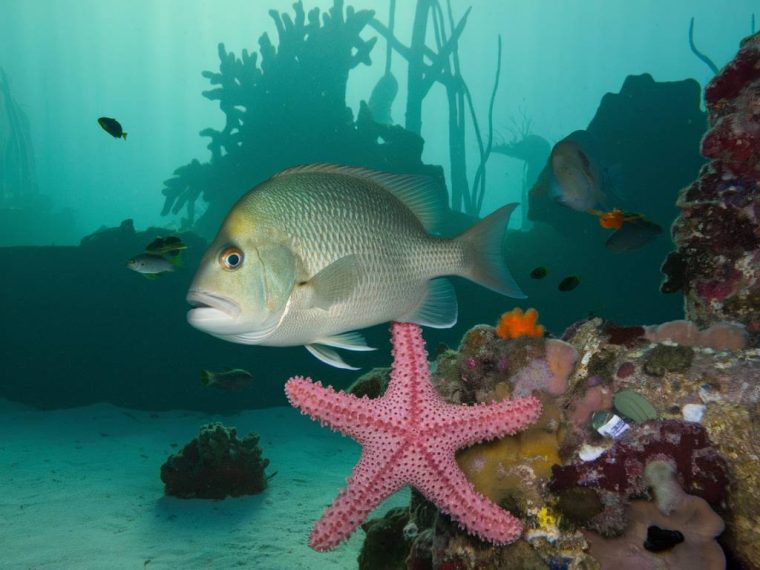Ahoy, fellow water enthusiasts! Paco here, ready to dive deep into the murky waters of ocean pollution. Buckle up, because we’re about to embark on a journey that’ll make you see our blue planet in a whole new light – and maybe even inspire you to be part of the solution.
The Ocean’s Cry for Help
Picture this: you’re standing on a pristine beach, waves lapping at your feet, the salty breeze ruffling your hair. Idyllic, right? Now, zoom out. Way out. From space, our planet looks like a beautiful blue marble. But beneath that azure surface lies a troubling reality that’s far from picture-perfect.
Our oceans, covering a whopping 71% of Earth’s surface, are in distress. They’re choking on pollution, and it’s not just affecting marine life – it’s impacting our entire global water system. As an ex-environmental engineer turned storyteller, I’ve seen firsthand how our actions on land ripple across the seas, creating a domino effect that threatens the very essence of life on our planet.
The Plastic Predicament
Let’s start with the poster child of ocean pollution: plastic. Did you know that every minute, the equivalent of a garbage truck full of plastic is dumped into our oceans? That’s right, folks – while you’re reading this article, about 17 tons of plastic have made their way into marine environments. But wait, it gets worse.
These plastics don’t just float around looking unsightly. They break down into microplastics, tiny particles less than 5mm in size. These sneaky little devils are now everywhere – from the deepest ocean trenches to the Arctic ice. And guess what? They’re making their way back to us through the food chain and even our drinking water.
Chemical Cocktails and Dead Zones
But plastic isn’t the only villain in this aquatic tragedy. Our oceans are becoming a toxic soup of chemicals, with agricultural runoff, industrial waste, and oil spills all playing their part. Remember the Deepwater Horizon disaster in 2010? That single event released about 4.9 million barrels of oil into the Gulf of Mexico, creating an environmental catastrophe that we’re still grappling with today.
And then there are the dead zones – areas in the ocean where oxygen levels are so low that marine life suffocates. The culprit? Often it’s nutrient pollution from fertilizers used in agriculture. These nutrients cause algal blooms that, as they decompose, suck up all the oxygen in the water. The Gulf of Mexico hosts a whopper of a dead zone every summer, sometimes growing to the size of New Jersey!
The Ripple Effect: How Ocean Pollution Impacts Global Water Systems
Now, you might be thinking, « Paco, this is all very depressing, but what does it have to do with global water systems? » Well, my friends, everything is connected in the great blue beyond. Let me break it down for you:
The Health Connection: When Ocean Pollution Hits Home
Let’s get personal for a moment. Remember that tuna sandwich you had for lunch? Well, it might have come with a side of mercury. Heavy metals and other pollutants accumulate in marine life and make their way up the food chain. And it’s not just seafood – even the salt we use can contain microplastics!
But it doesn’t stop there. Ocean pollution is also linked to the spread of harmful algal blooms, which can release toxins into the air and water, causing respiratory issues and other health problems in coastal communities. And let’s not forget about the potential for waterborne diseases to spread more easily in polluted waters.
Technological Solutions: A Ray of Hope
Now, before you start feeling like we’re all doomed, let me assure you that it’s not all doom and gloom. Brilliant minds around the world are working on innovative solutions to tackle ocean pollution. Here are a few that get me excited:
These technologies give me hope, but they’re not silver bullets. They need to be part of a larger, concerted effort to address the root causes of ocean pollution.
What Can You Do? Be Part of the Solution!
Alright, time for some real talk. We can’t just sit back and wait for technology to save us. Each of us has a role to play in protecting our oceans and global water systems. Here’s what you can do:
As I sit here, typing away with sand still between my toes from my latest beach expedition, I’m reminded of why I do what I do. Our oceans are the lifeblood of our planet, and their health is inextricably linked to our own. The challenges we face are immense, but so is our capacity for innovation and change.
So, dear readers, I leave you with this thought: Every drop counts. Every action, no matter how small, ripples out and contributes to the larger wave of change. Let’s make that wave a tsunami of positive action for our oceans and our planet.
Until next time, keep those waters clean and your spirits high. This is Paco, signing off from the frontlines of the global water challenge. Stay curious, stay engaged, and remember – we’re all in this together, one blue marble floating in the vastness of space.




